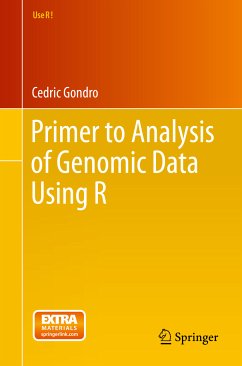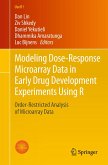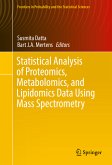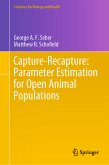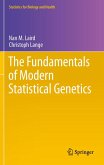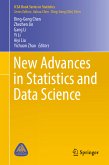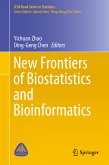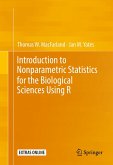Chapters show how to handle and manage high-throughput genomic data, create automated workflows and speed up analyses in R. A wide range of R packages useful for working with genomic data are illustrated with practical examples. In recent years R has become the de facto tool for analysis of gene expression data, in addition to its prominent role in the analysis of genomic data. Benefits to using R include the integrated development environment for analysis, flexibility and control of the analytic workflow.
At a time when genomic data is decidedly big, the skills from this book are critical. The key topics covered are association studies, genomic prediction, estimation of population genetic parameters and diversity, gene expression analysis, functional annotation of results using publically available databases and how to work efficiently in R with large genomic datasets. Important principles are demonstrated and illustrated through engaging examples which invite the reader to work with the provided datasets. Some methods that are discussed in this volume include: signatures of selection; population parameters (LD, FST, FIS, etc); use of a genomic relationship matrix for population diversity studies; use of SNP data for parentage testing; snpBLUP and gBLUP for genomic prediction. Step-by-step, all the R code required for a genome-wide association study is shown: starting from raw SNP data, how to build databases to handle and manage the data, quality control and filtering measures, association testing and evaluation of results, through to identification and functional annotation of candidate genes. Similarly, gene expression analyses are shown using microarray and RNAseq data.
Dieser Download kann aus rechtlichen Gründen nur mit Rechnungsadresse in A, B, BG, CY, CZ, D, DK, EW, E, FIN, F, GR, HR, H, IRL, I, LT, L, LR, M, NL, PL, P, R, S, SLO, SK ausgeliefert werden.

